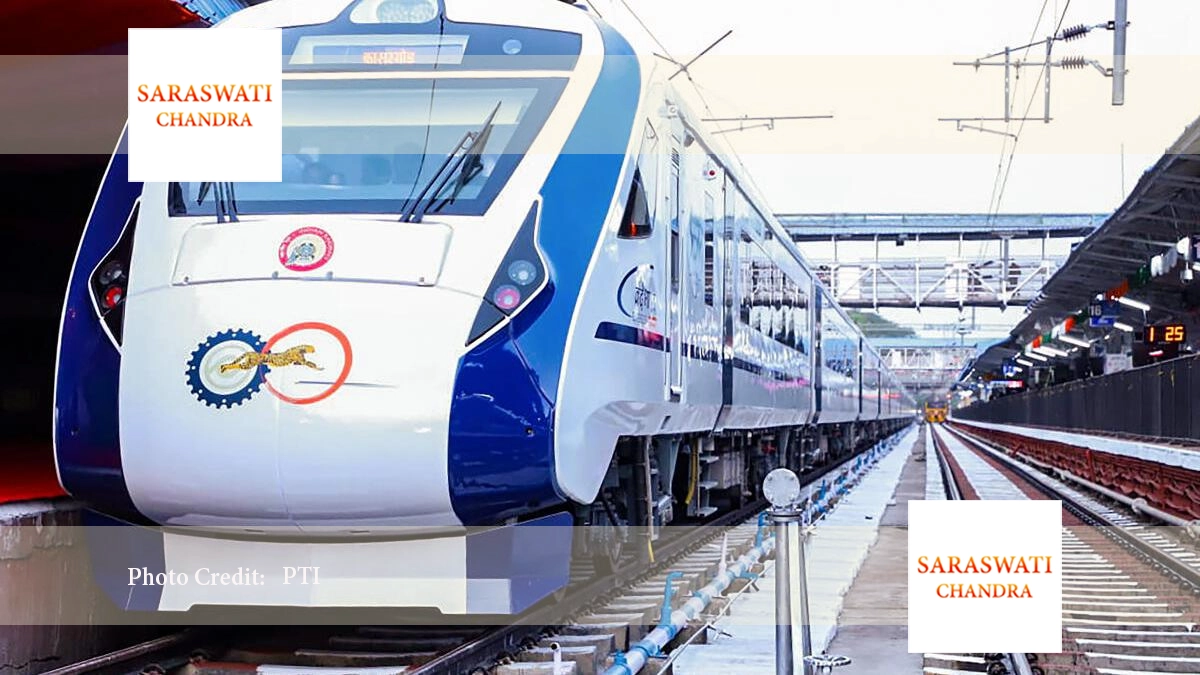Introduction
India’s railways have evolved significantly, introducing top-speed trains that redefine convenience, speed, and connectivity. From metro cities to remote destinations, India’s fastest trains symbolize a new era of transportation. Let’s explore these marvels of engineering that make travel faster, safer, and more comfortable.
India’s Top Speed Trains
1. Vande Bharat Express
Top Speed: 180 km/h
Route Highlights: Connects New Delhi with major cities like Varanasi, Katra, and Bhopal.
The Vande Bharat Express, also known as Train 18, is India’s pride. This semi-high-speed, fully air-conditioned train offers luxurious seating, onboard catering, and modern facilities, making it ideal for passengers seeking comfort and speed.
2. Gatimaan Express
Top Speed: 160 km/h
Route: Delhi to Jhansi
This premier train connects the historical hubs of Agra and Jhansi. Gatimaan Express is India’s first semi-high-speed service, boasting plush interiors, onboard entertainment, and curated meals.
3. Rajdhani Express Series
Top Speed: 130–140 km/h
Key Routes: New Delhi to Mumbai, Kolkata, Chennai, and other state capitals.
The Rajdhani series, a long-standing leader in express services, offers fast transit for inter-city travelers. With periodic upgrades, including LHB coaches, they maintain their relevance in modern rail travel.
4. Duronto Express
Top Speed: 130 km/h
Unique Feature: Non-stop connectivity between major cities.
Duronto trains cater to passengers prioritizing uninterrupted travel. These trains have set benchmarks for punctuality and onboard amenities.
5. Tejas Express
Top Speed: 130–160 km/h
Route Examples: Mumbai to Goa, Lucknow to Delhi
As India’s first private-sector train, the Tejas Express redefines passenger expectations with personalized services, automated doors, and Wi-Fi-enabled infotainment systems.
Technology Behind India’s Speed Trains
India’s speed train projects incorporate world-class technology:
- Train Sets: Designed for aerodynamics, reducing air resistance for faster movement.
- Tracks: Dedicated corridors ensure the stability and safety of high-speed trains.
- Signaling: Advanced AI-powered systems for efficient and safe operations.
India’s Vision for Future Speed Trains
India plans to introduce bullet trains as part of its modernization. The Mumbai-Ahmedabad high-speed rail (MAHSR) project will feature trains capable of speeds up to 320 km/h.
Benefits of High-Speed Trains:
- Reduced travel time
- Improved economic connectivity
- Enhanced passenger experience
Challenges in Speed Train Expansion
- Infrastructure Development: Establishing high-speed corridors requires extensive investment.
- Land Acquisition: Negotiating with communities for railway expansion can delay projects.
- Maintenance: High-speed trains demand cutting-edge facilities and skilled workforce for upkeep.
The Economic Impact of Speed Trains
India’s speed trains contribute significantly to regional and national economies by:
- Boosting tourism
- Enhancing business travel
- Creating employment opportunities
Conclusion
India’s top speed trains represent a transformative leap in public transportation. With more projects on the horizon, these trains symbolize the nation’s commitment to progress and innovation. Whether you’re commuting for work or leisure, these rail marvels promise an unparalleled travel experience.
